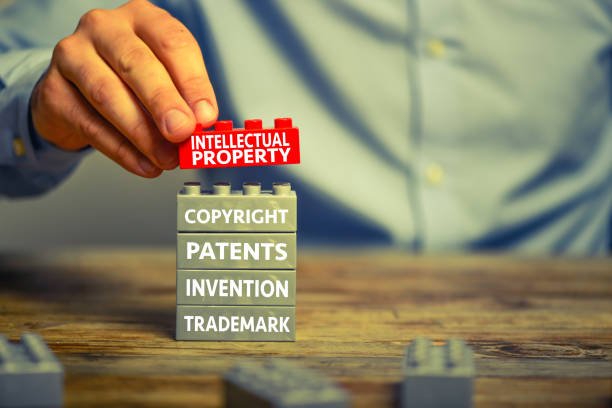Intellectual Property: Divided Into Two Categories
Skip to content
Skip to footer
Intellectual Property: Divided Into Two Categories
Intellectual Property: Divided Into Two Categories

